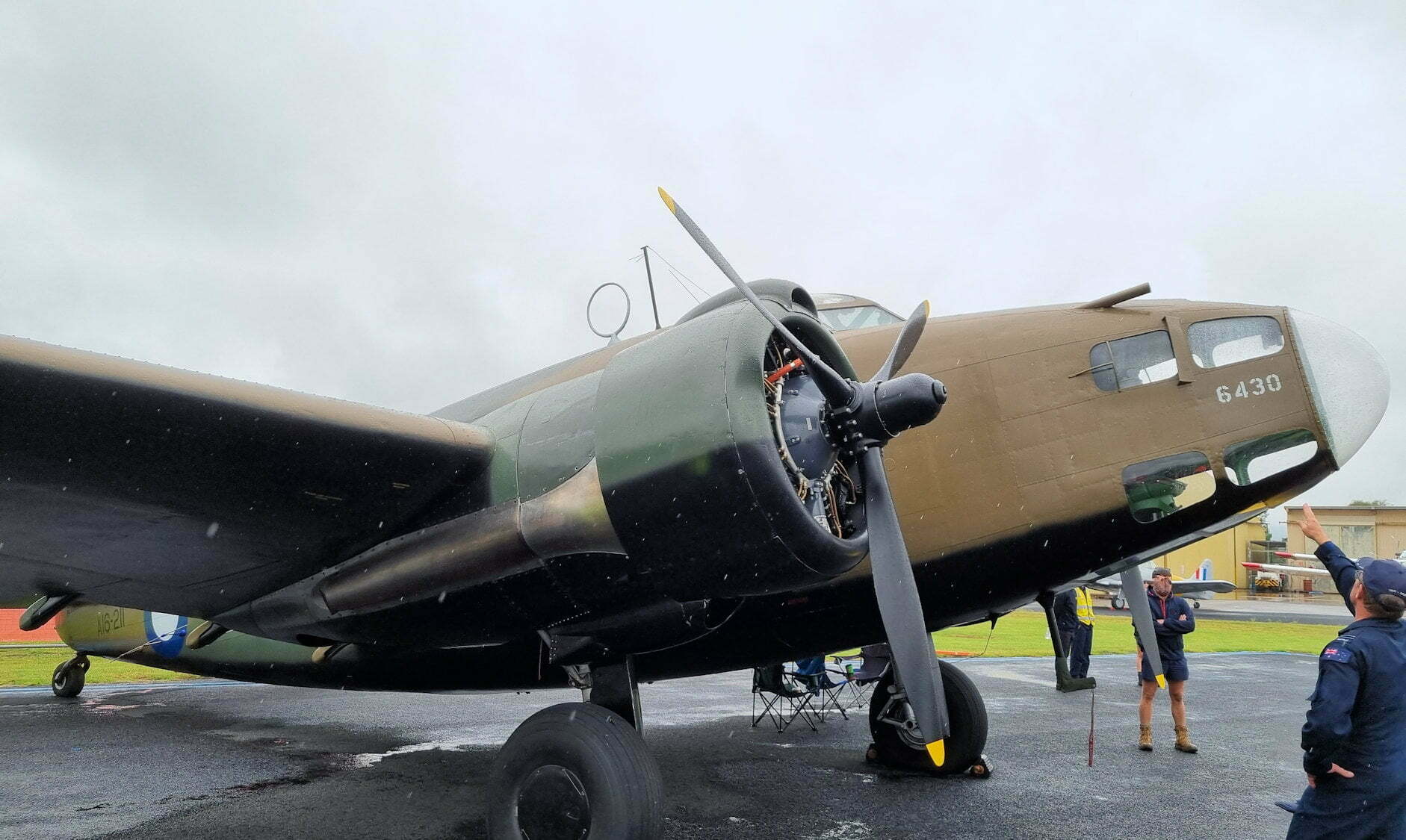Tag: RAAF
-
CAC Wirraway

CAC Wirraway Produced in Australia from 1939 to 1946, 755 Wirraways were built for the RAAF. Initially serving as training aircraft, they were also used for army co-operating and in the desperate early years of the Second World War as a fighter. RAAF Richmond Air Show 28 September 2025 Newcastle Williamtown Air Show November 2023 Read more
-
Bristol Bloodhound Surface to Air Missile

Bristol Bloodhound Surface to Air Missile Fighter World Williamtown RAAF Museum Point Cook Classic Jets Fighter Museum Parafield Airport Read more
-
Lockheed Hudson

Newcastle Williamtown Air Show November 2023 Lockheed Hudson Mk.IV A16-105 at Canberra Airport Lockheed Hudson Mk.IV A16-105 was built in 1938. It arrived in Australia in early December 1941 and was used to train RAAF aircrews. Between December 1942 and January 1943 it saw operational service in Papua and New Guinea, carrying out supply flights Read more